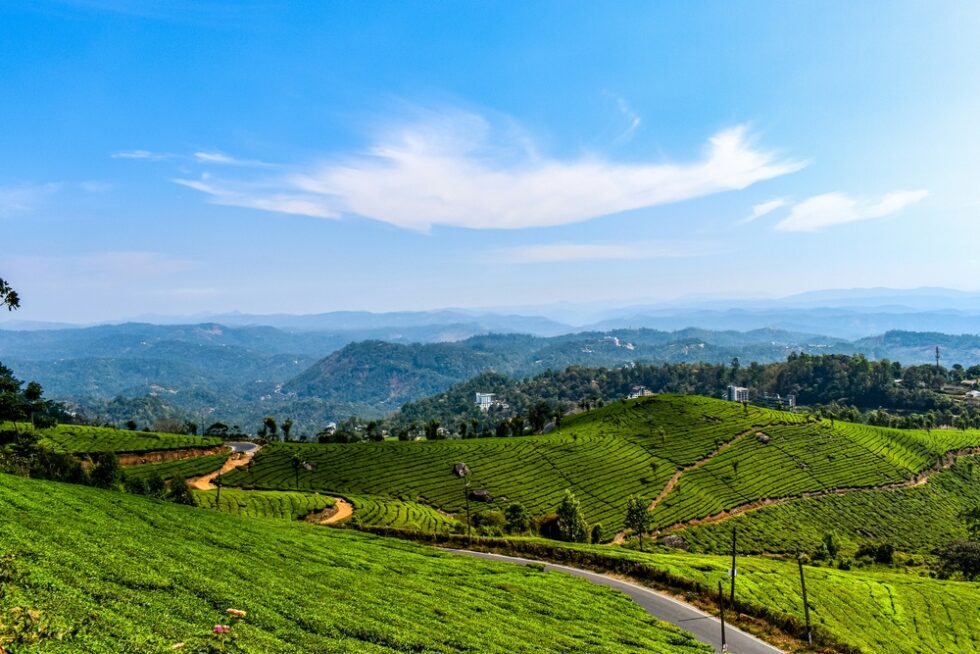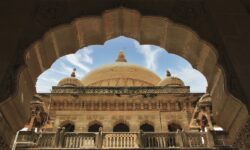
Trekking in Himachal is not a trend or a travel plan. It’s a way to slow down in a fast world. Each step in the mountains pulls you away from the usual noise and routine. You won’t find shiny tourist boards or fancy gift shops at every turn. What you will find are winding trails, crisp air, quiet villages, and raw paths that have existed for generations.
This article takes a deep dive into what trekking in Himachal truly means—without the travel agency gloss, and without overused buzzwords. Just the real thing. Just the mountain, the road, and you.
Why Trekking in Himachal Feels Different
Mountains exist everywhere, but trekking in Himachal has a unique flavor. The terrain here doesn’t show off. It challenges you quietly. One moment you’re walking through thick pine forests, the next you’re crossing barren high-altitude passes. What stands out is the unpredictability—the trail could change with a small shift in weather or a whisper of wind.
Trekking in Himachal is also deeply tied to the local way of life. Many of the trekking routes follow old shepherd trails. You’ll pass villagers who aren’t posing for social media. They’re just living their lives in these hills, as their ancestors did.
The difference is subtle, but once you notice it, it stays with you. These treks aren’t designed for comfort. They’re made for clarity.
Best Treks for First-Time Travelers
If you’re new to trekking in Himachal, it’s smart to begin with trails that test you but don’t break you. Here are a few routes that are beginner-friendly but still give you a taste of the real thing.
1. Triund Trek (near Dharamshala)
- Duration: 1-2 days
- Trail Type: Moderate
- What to Expect: A well-walked path, with views of the Dhauladhar range. Camping overnight adds to the experience, but even a day trek gives you enough to remember. Perfect for people short on time but hungry for change.
2. Kareri Lake Trek
- Duration: 3 days
- Trail Type: Moderate
- What to Expect: Rocky paths, forest covers, and a glacier-fed lake at the end. The lake sits quietly, with no loud crowd. Ideal if you want to avoid busy tourist spots but aren’t ready for extreme altitudes.
3. Tosh Valley Trek (Parvati Valley)
- Duration: 1-2 days
- Trail Type: Easy
- What to Expect: A mix of village life and Himalayan backdrops. The village of Tosh serves as the starting point, and the trek itself offers good food, warm people, and misty trails. The simplicity makes it feel real.
High Altitude Treks for the Serious Walker
If you’ve already walked your share of low trails and want more, Himachal has the answer. These treks test your body, but more than that, they test your patience.
1. Pin Parvati Pass Trek
- Duration: 9-11 days
- Max Altitude: 17,500 ft
- What to Expect: Glaciers, sharp ascents, and the need for solid planning. This route connects the lush Parvati Valley to the dry Spiti Valley. It’s not just a trek—it’s a journey through two different worlds.
2. Bara Bhangal Trek
- Duration: 12-15 days
- Max Altitude: 16,000 ft
- What to Expect: One of the toughest treks in Himachal. It connects Kangra and Kullu valleys through the high Dhauladhar range. The route is wild, with limited campsites and no shortcuts. Only attempt if you’re fully prepared.
3. Hampta Pass Trek
- Duration: 5 days
- Max Altitude: 14,000 ft
- What to Expect: This one’s a balanced mix. It starts in lush Kullu and ends in the cold desert of Spiti. You walk through forests, cross rivers, and camp under starlit skies. For many, this becomes the turning point—they come back looking for more.
The Right Time for Trekking in Himachal
Not all months are equal when it comes to trekking in Himachal. The season you choose decides what kind of experience you’ll get.
- April to June: Snow melts, and most trails open. You’ll get green valleys and flowing rivers. Ideal for beginners and those looking for clear paths.
- July to August: Monsoon hits lower Himachal. Landslides and slippery trails are common. Best to avoid unless you know the route well.
- September to November: Post-monsoon clarity. The sky is crisp, and the views are sharp. This is peak time for high-altitude treks.
- December to March: Snow season. Only short treks and snow hikes are possible. Good for snow lovers but not ideal for long routes.
Always check local weather updates and avoid taking risks. Trekking in Himachal rewards the patient, not the rushed.
What to Carry: No Fancy Gear, Just What Works
You don’t need the latest tech gear or branded jackets to survive a trek. What matters is choosing things that work.
Essentials:
- Solid trekking shoes with grip
- Waterproof backpack
- Basic first aid kit
- Layers of warm clothes (even in summer)
- Light snacks and high-energy bars
- Water bottles and purification tablets
- Headlamp or torch
- ID and permits if required
Pack light. Pack real. Carry your load and learn what you can truly live without.
Staying Safe on the Trail
Trekking in Himachal is not dangerous by default. But nature doesn’t care about phone signals or social media updates. Safety is in knowing your limits.
- Avoid solo trekking unless you’ve done it before and know the route.
- Inform someone about your plan. Local guesthouses often help.
- Respect altitude—climb slow, drink water, and watch for symptoms of mountain sickness.
- Don’t litter—leave the trail as you found it.
- Local guides are your best bet on new or rough trails. Hire one. It helps the local economy and keeps you safe.
Beyond the Trek: What You Really Take Home
Most people think they’ll come back with photos. But what you carry back from trekking in Himachal stays deeper. It’s the silence of pine forests. It’s the sound of your breath at 14,000 feet. It’s the mountain tea offered by a stranger without a word.
You learn to walk without complaint. To eat what’s available. To value shelter. To sleep early. To stop talking just to hear the stream run.
That’s what trekking in Himachal does. It doesn’t change your life with drama. It just makes you look at it differently.
A Few Words on Respect
Trekking in Himachal takes you through villages, fields, and lands that belong to local communities. You’re not just a visitor to the mountain—you’re a guest in someone’s backyard.
- Don’t photograph people without asking.
- Don’t leave plastic behind.
- Don’t argue with locals about trails or customs.
- Don’t disturb wildlife.
- Don’t treat the trek like a party zone.
The mountains are not Instagram backdrops. They’re old, alive, and full of stories. Respect them and the people who live among them.
Closing Steps
There’s no badge or certificate for trekking in Himachal. No final selfie that says you “made it.” The only real proof is how you feel when you return. Maybe it’s the call to go back. Maybe it’s the urge to walk more. Maybe it’s just the memory of quiet that stayed longer than expected.
Whatever it is, it’s yours. Real. Unfiltered. Just like the paths that led you there.
If you’re planning to go, go prepared. Go with fewer expectations and more questions. Let the trail answer them in its own time.
Trekking in Himachal is not a trip. It’s a reminder of what matters.







